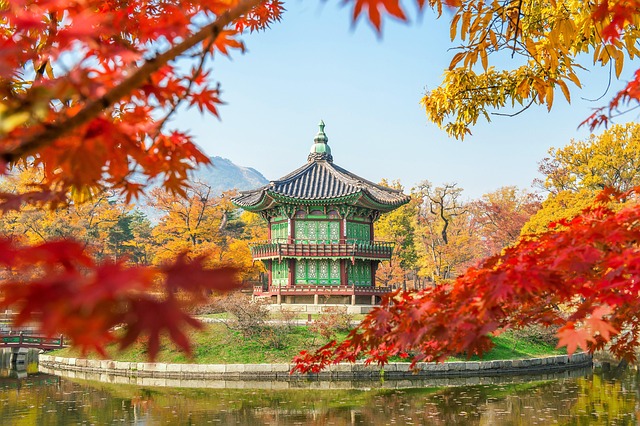Exploring Soil Color as a Climate Change Indicator in Desertification
The serene and majestic desert landscape holds more than just an endless horizon of arid sands—it tells a story of resilience, adaptation, and, increasingly, climate change. The shifting hues of soil color in desert regions serve as vital signs pointing to the many environmental processes at play, including the mounting phenomenon of desertification.
Understanding Soil Color in Deserts
Soil color is a powerful indicator, one that every ecology enthusiast or climate scientist can appreciate for the silent narrative it carries about environmental changes. Influenced by mineral content, organic matter, and moisture levels, a glance at the soil’s color can offer an immediate snapshot into the ecological state of the area. In desert environments, the soil color ranges from rusty reds and oranges to pale pinks and yellows, often dictated by the iron oxide and other mineral compositions.
When observed over time, subtle changes in these colors can reflect shifts in soil health and composition, often attributed to broader climatic changes. Lighter soil colors, for instance, might indicate reduced organic material and increased erosion—a sign of concern in the context of desertification where vegetation loss exacerbates land degradation.
Soil Color as a Climate Indicator
As the planet’s climate continues to warm, desert ecosystems are under increasing pressure. Soil color can be a vital parameter for tracking these changes, acting as a visual fingertip of underlying climatic conditions. For scientists, monitoring soil hues and their variations can help them model future climate scenarios and offer early warnings of ecosystem distress.
For example, the gradual fading of soil color to lighter shades could be indicative of increasing desertification trends. Such a change could imply issues such as declining rainfall, loss of vegetation cover, and enhanced exposure to sunlight, all of which contribute to a vicious cycle of land degradation. These changes, when measured over time, can reveal much about the trajectory and speed of climate change impacts on desert landscapes.
The Role of Conservation Strategies
Incorporating soil color assessments into broader conservation strategies can offer practical solutions for combating desertification. Restoration efforts often leverage this data to deploy strategic vegetation projects, aiming to mitigate soil erosion and promote organic matter restoration. Engaging local communities in these conservation efforts by educating them about the significance of soil color may also aid in more sustainable land management practices.
Emphasizing soil color within education and policy-making frameworks can enhance our understanding and ability to address desertification. Efforts to monitor and map soil color changes can become a part of larger climate action plans, assisting in the creation of proactive rather than reactive solutions to the threats posed by climate change.
In the greater narrative of combatting climate change, the importance of seemingly minor indicators such as soil color speaks to an essential truth: every small shift in the environment is part of a larger, interconnected ecosystem. Recognizing their importance not only enriches our understanding of desert environments but also reinforces our responsibility towards nurturing and preserving these vital landscapes.


